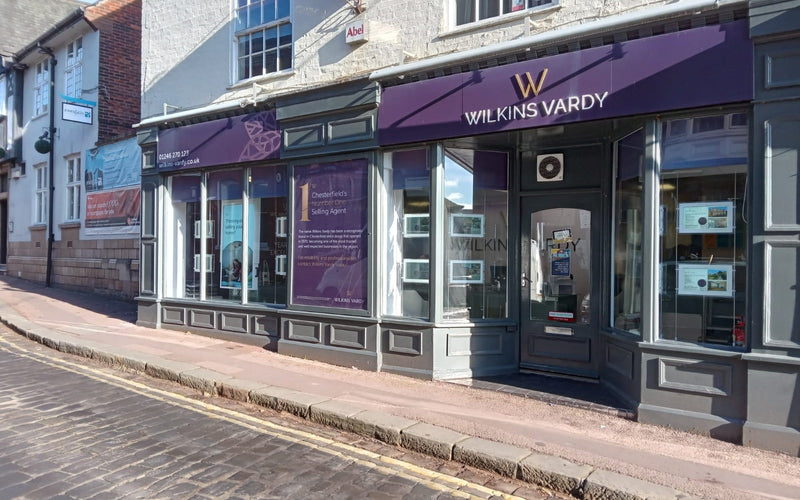Digital screens offer a number of advantages for property display compared to traditional methods such as physical signage:
-
Dynamic content: With digital screens, you can display dynamic content such as videos, virtual tours, and 3D models of the property. This can give potential buyers a much better sense of what the property looks like and its unique features.
-
Interactive features: Digital screens can be touch-enabled, allowing potential buyers to interact with the content on display. For example, they can zoom in on specific areas of the property or explore different floor plans.
-
Real-time updates: Unlike print ads or physical signage, digital screens can be updated in real-time with new information about the property. This means that potential buyers can always have access to the latest information and pricing.
-
Cost-effective: Digital screens can be a cost-effective way to display property information, especially compared to print ads and physical signage that need to be replaced frequently.
-
Increased visibility: Digital screens can be placed in high-traffic areas increasing the visibility of the property to a wider audience.
Overall, digital screens provide a more engaging and informative way to display property information, which can help attract potential buyers and ultimately lead to more sales.
What is an ultra high brightness screen?
An ultra-high brightness screen is a type of digital display that is designed to provide high levels of brightness and visibility, even in direct sunlight or other bright environments. These screens typically have a brightness level of at least 1,000 nits (a measure of brightness), which is significantly higher than the brightness levels of typical indoor screens.
Ultra-high brightness screens are often used in outdoor or semi-outdoor settings, such as for digital signage, billboards, or transportation displays. They are also used in industrial settings, such as in factory floors or construction sites, where high visibility is necessary for safety reasons.
The high brightness level of these screens is achieved through a combination of specialised hardware and software. The screens are typically equipped with high-output LED backlighting, which provides the necessary brightness while minimizing power consumption. They also often include features such as automatic brightness adjustment based on ambient lighting conditions and anti-glare coatings to reduce reflections and improve visibility.
How can a network upgrade increase the benefits of an ultra high brightness screen?
A network upgrade can increase the benefits of an ultra-high brightness screen in several ways:
-
Remote Management: A network upgrade can enable remote management of the ultra-high brightness screens, allowing you to monitor and control them from a central location. This can help improve efficiency and reduce downtime, as any issues can be identified and addressed quickly.
-
Real-time Content Management: A network upgrade can also enable real-time content management of the ultra-high brightness screens, allowing you to update content and messages instantly from a central location. This is especially useful for digital signage applications where content needs to be updated frequently.
-
Cloud Connectivity: A network upgrade can provide cloud connectivity to the ultra-high brightness screens, enabling them to be integrated with other cloud-based applications and services. This can help improve data security, facilitate data analytics, and provide additional functionality.
-
High-speed Connectivity: A network upgrade can provide high-speed connectivity to the ultra-high brightness screens, enabling them to handle large amounts of data quickly and efficiently. This is important for applications that require high-resolution content or real-time data, such as video streaming or real-time information displays.
By upgrading the network infrastructure supporting ultra-high brightness screens, businesses can improve their visibility and impact, leading to increased engagement and ROI.


